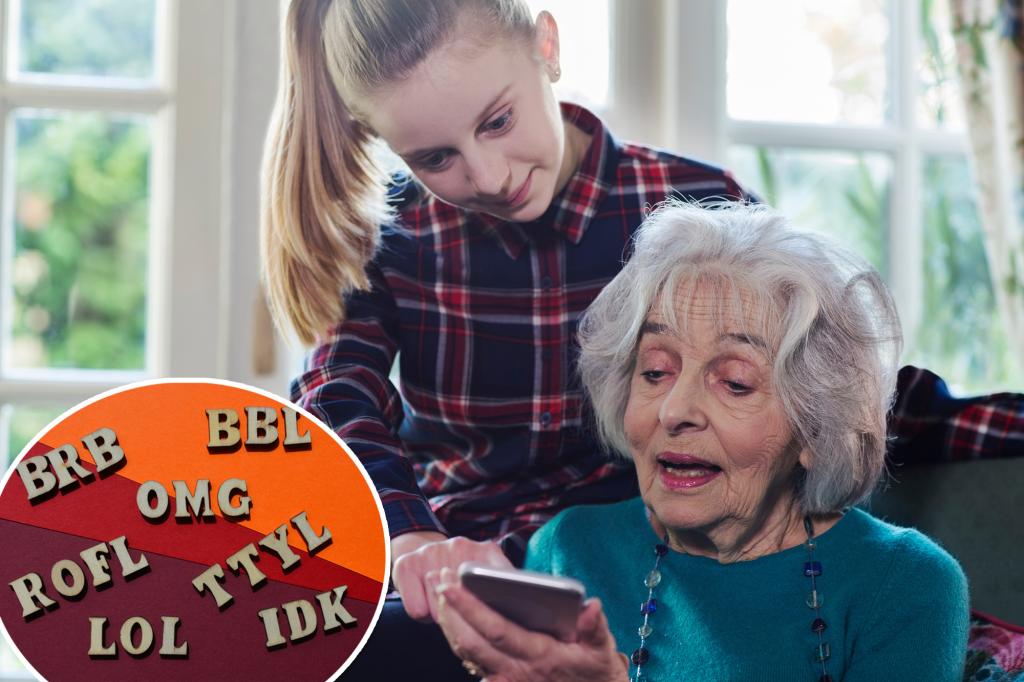Research from Currys, UK analytics experts, has shown that Gen Z has moved away from traditional acronyms such as “LOL” and “YOLO” and has adopted new, more trendy slang. They have replaced terms like “GR8” with “that slaps” and “YOLO” with “DIFTP.” New acronyms like “TNTL” for “trying not to laugh” and “ISTG” for “I swear to God” are indecipherable for older generations, leading to an increase in Google searches for their meanings.
The influence of Generation Z on the English language is undeniable, with new slang deriving from popular platforms like TikTok and video games making its way into everyday conversations. Words like “NPC” and “Sidequest” are now being used instead of traditional sports metaphors, indicative of a shift towards a more tech-friendly vocabulary. Insight from Harvard lexicographers suggests that a “TikTalk” accent and video game terminology will become more prevalent in American speech.
Harvard linguist Adam Aleksic believes that the shared cultural knowledge of video games has allowed Gen Z to express their reality using gaming references. The term “NPC,” meaning “Non-Player Character,” has been repurposed as an insult for someone lacking independent thinking. This change in language reflects a broader shift in societal norms towards a more tech-savvy and virtual understanding of the world.
The research conducted by Currys highlights a series of updated acronyms used by Gen Z, including replacing “ROFL” with the “Skull” emoji, “LMAO” with “IJBOL,” and “Gross” with “Ick.” This evolving language showcases a generational gap in communication styles, with younger individuals embracing digital slang and emojis as integral parts of their speech. The adoption of new terms like “clapback” and “lit” indicates a cultural shift towards more expressive and nuanced forms of communication.
As older generations struggle to keep up with the evolving slang of Gen Z, experts suggest staying informed on the latest acronyms and trends to bridge the communication gap. By understanding the context and meanings behind new terms like “Tea” and “Delulu,” individuals can better engage with younger audiences and remain culturally relevant. The changing landscape of language reflects broader social shifts and technological advancements, highlighting the importance of staying current in a rapidly evolving digital world.


